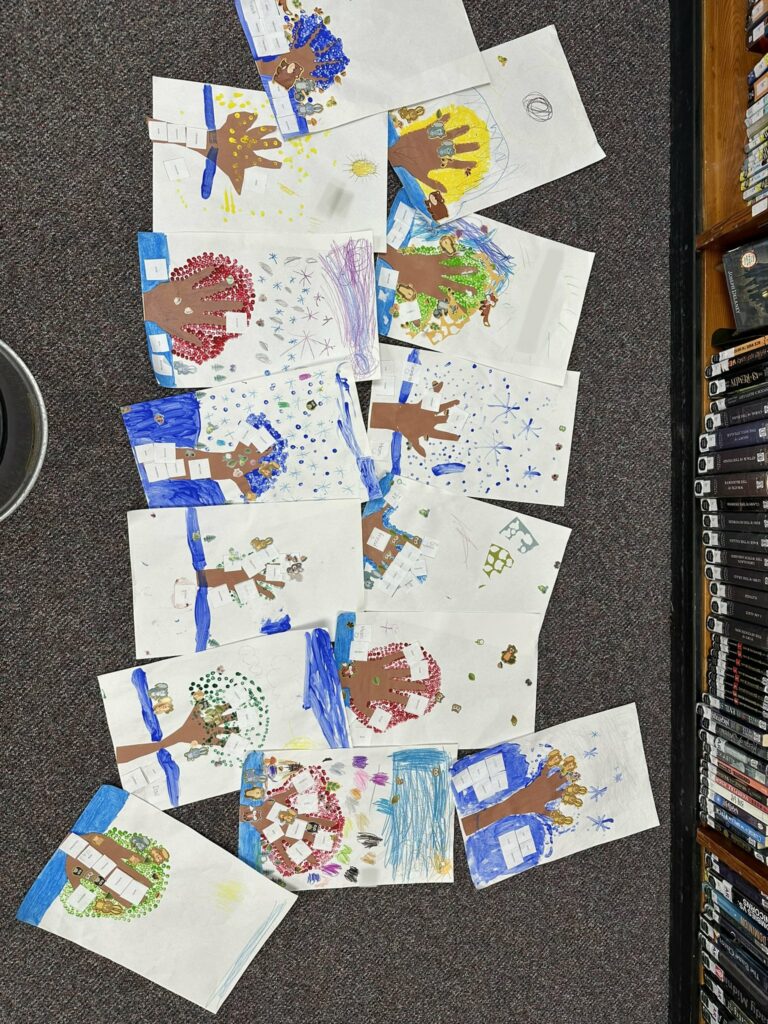Sitting here writing this post, I am reflecting back on the opportunities I have had to choose a First Peoples Principle of Learning (FPPL) and incorporate it into my planned lesson in the best way possible during 6 weeks of Harwin “in situ” learning and my Education 391 practicum at Nukko Lake. Although this was not the FPPL I chose the most often, the particular one that resonates with me the most is that “learning involves patience and time”. During these experiences, I was constantly encouraging students by reminding them that it is ok not to be good at something right away because if that was the case they wouldn’t have anything to learn or an ability to grow from the experience. I also reminded students that learning doesn’t happen overnight, so all we can do is be patient and find the best way possible to keep moving and progressing in our understanding together in a forward and upward direction. I loved to watch students concentrate, work hard, and put all their effort into a project I was doing with them because this meant that it mattered to them and they wanted to make sure they did the best they possibly could. More often than not, I would span this learning and the associated activity over a two or three day lesson to ensure students had the time needed to do their best work and be completely happy with the end product. I have seen extraordinary results when students are given the gift of time and the opportunity to exercise patience in their learning experience, and I will continue to make this a priority as much as possible.

I think one of the other reasons I resonate with this FPPL so much has to do with my own experience in becoming a teacher. I have had to come to terms with the fact that you don’t become the teacher you want to be overnight and it is going to take time. I have realized that the teacher I am and want to be has changed and evolved from the beginning of the program as a result of my teachers and fellow candidates and the lessons I have learned from them. It changed again during the in situ experience, again during my 391 practicum, and I know it will change during my 490 and 491 practicum and beyond. I have had to be ok with this ever-evolving change and I have also had to trust the process, step out of my comfort zone, and understand it is ok to take risks and that even if they fail it doesn’t mean I am a bad teacher. This is where the patience comes into play because this is not something I am used to or particularly comfortable with so I am giving myself grace and easing into these concepts or ideas. Exercising patience and time has allowed me to immerse myself completely in this experience and be excited for what is to come instead of fearing that I am not where I want to be and will never get there. This FPPL has a special place in my heart and will always be important to me and an integral piece in how I shape my classroom and the learning experiences for my students.

